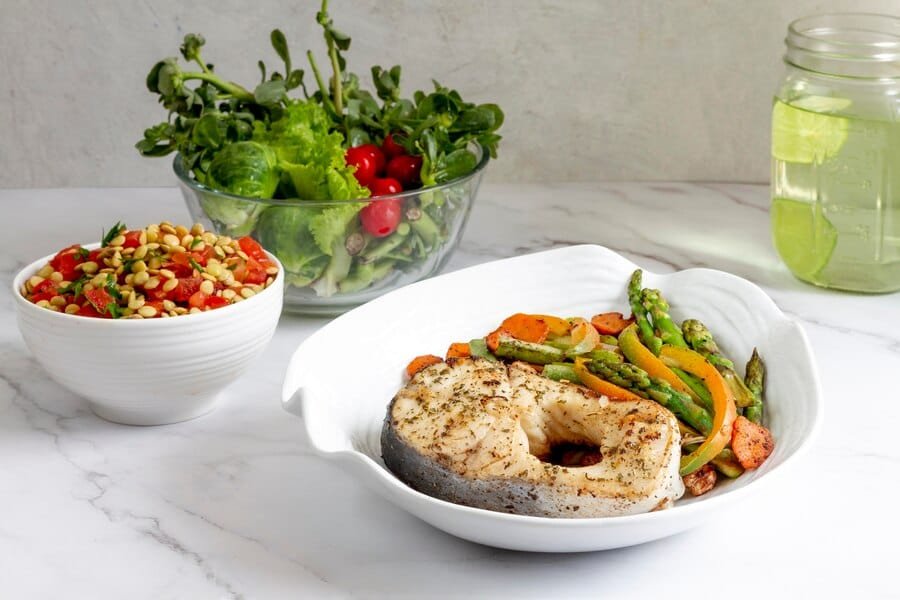
The art of creating delectable desserts doesn’t always require a hot oven or complex baking techniques. In today’s fast-paced world, no-bake desserts have emerged as a perfect solution for satisfying sweet cravings while keeping the kitchen cool and preparation time minimal. These versatile treats combine convenience with creativity, making them ideal for both novice cooks and experienced dessert enthusiasts alike.
Read Also:
- Protein-Packed Breakfast Ideas: The Ultimate Guide to Starting Your Day Strong
- The Ultimate Beginner’s Guide: Foolproof Chocolate Chip Cookies That Always Turn Out Perfect (Even If You’ve Never Baked Before!)
- The Ultimate Guide to Creating Perfect Holiday Sugar Cookies with Show-Stopping Royal Icing Designs: Tips, Tricks, and Family Traditions for 2024
- Quick and Easy Cake Recipes for Birthdays: A Complete Guide
The Rising Popularity of No-Bake Desserts
According to recent data from Food Network’s trend analysis, no-bake desserts have seen a remarkable 45% increase in recipe searches over the past two years. This surge in popularity isn’t surprising, as these desserts offer numerous advantages. They’re perfect for warm summer days when turning on the oven feels unbearable, ideal for small apartments without full kitchen facilities, and excellent for involving children in cooking activities safely. The National Kitchen and Home Association reports that more than 60% of home cooks now regularly prepare no-bake desserts, citing convenience and energy efficiency as primary motivators.
Essential Ingredients for No-Bake Success
The foundation of successful no-bake desserts lies in having the right ingredients on hand. According to America’s Test Kitchen, the most versatile base ingredients include graham crackers, cookie crumbs, and various nuts for crusts. For fillings and binding, condensed milk, cream cheese, and heavy cream are staples. These ingredients create structure without requiring heat, allowing for stable desserts that hold their shape. The quality of ingredients matters significantly – as noted by Bon Appétit magazine, using high-quality chocolate and fresh dairy products can elevate a simple no-bake dessert to gourmet status.
Classic No-Bake Cheesecake: A Timeless Favorite
One of the most beloved no-bake desserts is the classic no-bake cheesecake. Martha Stewart’s culinary experts emphasize that the key to perfect texture lies in properly softened cream cheese and adequate chilling time. The basic recipe involves combining cream cheese, sugar, and vanilla, folding in whipped cream, and setting it in a graham cracker crust. Food & Wine magazine suggests that adding citrus zest or fruit purees can create exciting variations while maintaining the simple preparation method.
Chocolate-Based No-Bake Treats
Chocolate lovers need not worry about missing out on decadent desserts when avoiding the oven. Epicurious highlights that no-bake chocolate desserts often taste richer than their baked counterparts, as the pure chocolate flavors aren’t altered by heat. Popular variations include chocolate truffles, chocolate bark with nuts and dried fruits, and chocolate-avocado mousse – a trend that’s gained significant traction on health-focused cooking sites like Eating Well.
Fruity and Refreshing Options
For those seeking lighter alternatives, fruit-based no-bake desserts offer a refreshing solution. The Kitchn recommends using seasonal fruits in combination with graham cracker or cookie crusts for simple yet impressive desserts. Fresh berries, citrus fruits, and even tropical varieties like mangoes and pineapples can be transformed into elegant desserts through simple techniques like layering with whipped cream or folding into mousse.
Health-Conscious No-Bake Alternatives
The wellness movement has sparked innovation in no-bake dessert recipes. Cooking Light magazine features numerous recipes that incorporate nutritious ingredients like nuts, seeds, and natural sweeteners. These desserts often cater to specific dietary requirements – being vegan, gluten-free, or sugar-free – while maintaining the ease of no-bake preparation. Popular options include date-based energy balls, chia seed puddings, and coconut-based treats.
The Science Behind No-Bake Setting
Understanding the science of how no-bake desserts set is crucial for success. Harold McGee, author of “On Food and Cooking,” explains that these desserts typically rely on chemical setting (through gelatin or agar), mechanical setting (through chilling fats), or a combination of both. This knowledge helps in troubleshooting common issues and ensuring consistent results.
Storage and Presentation Tips
Proper storage is essential for no-bake desserts. The Institute of Culinary Education recommends storing most no-bake desserts in the refrigerator and serving them slightly chilled for optimal texture. For presentation, Good Housekeeping suggests using clear glass containers to showcase layered desserts and garnishing with fresh fruits, mint leaves, or chocolate shavings just before serving.
Advanced Techniques and Variations
While no-bake desserts are known for their simplicity, there’s room for sophistication. Professional pastry chefs contributing to Saveur magazine demonstrate how techniques like tempering chocolate, creating mirror glazes, and incorporating different textures can elevate simple no-bake desserts to restaurant-quality creations. These advanced methods maintain the no-bake principle while allowing for creative expression.
Seasonal Adaptations and Special Occasions
No-bake desserts can be easily adapted for different seasons and occasions. Better Homes & Gardens provides guidance on incorporating seasonal flavors – from refreshing mint and citrus in summer to warm spices and pumpkin in fall. These desserts are also ideal for special occasions, as many can be prepared in advance and customized with decorative touches.
Economic and Environmental Benefits
Beyond convenience, no-bake desserts offer economic and environmental advantages. The World Wildlife Fund notes that reducing oven use can significantly lower household energy consumption. Additionally, these desserts often require fewer ingredients than traditional baked goods, making them cost-effective options for budget-conscious cooks.
Cultural Influences and Global Variations
No-bake desserts appear in various forms across different cultures. Food anthropologists writing for Serious Eats have documented numerous traditional no-bake desserts from around the world, from Italian tiramisu to Indian kalakand. These diverse recipes demonstrate how different cultures have developed ingenious methods for creating sweet treats without relying on ovens.
Future Trends in No-Bake Desserts
Looking ahead, food trend analysts at Mintel predict continued innovation in the no-bake dessert category. Emerging trends include the incorporation of functional ingredients like adaptogens and probiotics, the use of alternative sweeteners, and the development of more sophisticated presentation techniques. These developments suggest that no-bake desserts will continue to evolve while maintaining their fundamental appeal of simplicity and convenience.
This comprehensive exploration of no-bake desserts reveals their versatility, convenience, and enduring popularity in modern cuisine. Whether you’re a busy parent, a health-conscious individual, or simply someone who enjoys creating delicious treats with minimal fuss, no-bake desserts offer endless possibilities for satisfying sweet cravings while keeping kitchen time efficient and enjoyable. As we continue to seek ways to simplify our lives while maintaining quality and taste, these desserts stand as a testament to culinary innovation and practicality.


